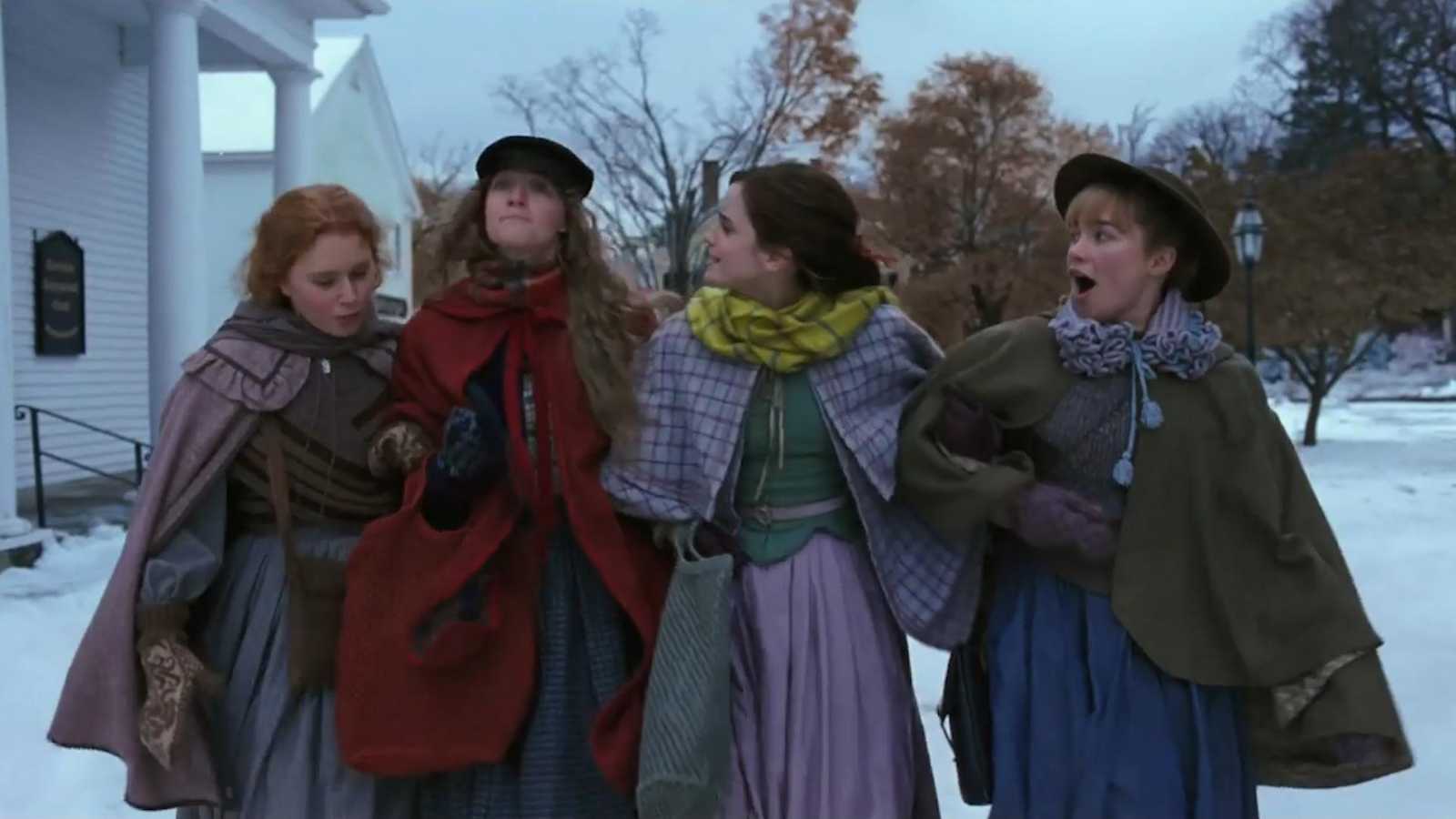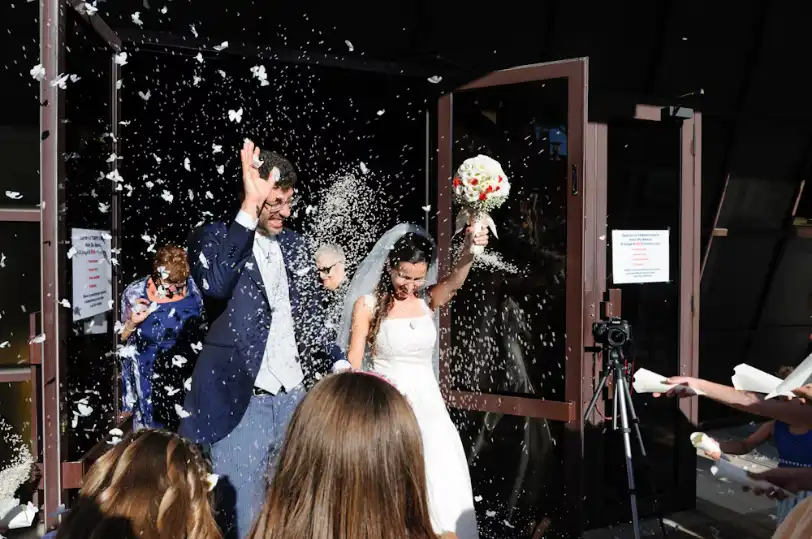In the digital tapestry of modern romance, the concept of relationship declaration has undergone a kaleidoscopic transformation. Gone are the days when partnership announcements were limited to whispered confessions or formal gatherings. Today’s romantic landscape is a vibrant mosaic of interconnected terms, each hue representing a unique way people define their connections.
From the solitary brilliance of being consciously single to the intricate patterns of polyamorous arrangements, the spectrum of how we label our love lives has expanded dramatically. This evolution reflects a society grappling with new forms of commitment, where the lines between casual encounters and serious bonds are increasingly blurred.
The digital age has ushered in a revolution in how we communicate our heart’s stage. Social platforms have become the new town squares, where romantic updates are broadcasted with a single click. This public display of affection—or lack thereof—has redefined the significance of being “Facebook official” or “Instagram exclusive.” The perception of couples now hinges on their digital visibility, creating new expectations for clarity in romantic involvement.
As we delve into the evolution of relationship statuses, you’ll discover how modern technology has reshaped the way we define our connections.
The Evolution of Relationship Statuses
The digital revolution has rewritten the rules of romance, transforming how we express our heart’s involvements. Gone are the days when “talking” meant whispered calls and “dating” implied a clear path to matrimony. Today’s love landscape is a tapestry of nuanced stages, each with its own unspoken expectations and boundaries.
Social platforms have become virtual town squares for mutual acknowledgement. Changing one’s online status has evolved into a modern declaration of exclusivity, often outweighing verbal communication. This digital visibility has reshaped our perspective on relationships, creating a new phase between casual and monogamous commitment.
In the age of swipes and likes, ‘it’s complicated‘ has become a universally understood euphemism for the gray areas of modern love, reflecting our struggle to navigate between private feelings and public disclosure.
Dating apps have introduced a paradox where potential partners are both more accessible and disposable, giving rise to “situationships” – a limbo between friendship and full-fledged romance that defies traditional labels.
This evolution extends beyond screens, influencing real-world dynamics. “Open” relationships have gained traction, challenging conventional notions and prompting explicit discussions about expectations.
As we navigate this brave new world of love, understanding these evolving stages is crucial for finding footing in the shifting sands of modern relationships.
Now that we’ve explored how relationship statuses have evolved, let’s break down the common labels and their modern meanings.
Common Relationship Statuses and Their Meanings
| Relationship Stage | Modern Definition | Societal Implications |
|---|---|---|
| Flying Solo | Embracing independence, not actively seeking a relationship | Empowering shift from stigma |
| Situationship | Undefined connection beyond friendship | Reflects label hesitancy |
| It’s Getting Serious | Exclusive pairing, not yet publicized | Private transitional stage |
| Profile Official | Publicly acknowledged partnership online | Digital rite of passage |
| Ring on the Horizon | Engaged, committed to future marriage | Valued traditional milestone |
| Hitched | Legally married, sharing life | Evolving societal norms |
In today’s kaleidoscopic world of romance, the way we categorize our heart’s entanglements has undergone a fascinating metamorphosis. Gone are the days when relationship stages were as clear-cut as a 1950s sitcom. Now, we navigate a nuanced spectrum of connections, each with its own unique flavor and societal ripple effects.
Take “Flying Solo,” for instance. Once defined by a desperate search for “The One,” it’s now a celebration of self-discovery and independence. This shift in perspective has birthed a generation who view singlehood not as a waiting room, but as a thriving garden of personal growth.
On the flip side, we have the elusive “Situationship” – a stage that would have baffled our grandparents. It’s the emoji equivalent of a shrug in relationship form, reflecting our collective hesitancy to slap labels on every interaction.
As things progress, we encounter the “It’s Getting Serious” phase – a delicate dance of exclusivity not quite ready for the spotlight. This stage is often kept under wraps, a secret garden tended by two before it’s visible to the world.
When couples are ready to plant their flag in the digital realm, we witness the “Profile Official” moment. This modern announcement has become a rite of passage, signaling a readiness to face the world as a unit. It’s fascinating how a simple status update can carry such weight in our interconnected age.
With these definitions in mind, let’s take a closer look at what it really means to be ‘single’ in today’s dating landscape.
Single: More Than Just Available
In today’s dynamic landscape, being single has evolved into a multifaceted state of being. It’s no longer just a placeholder between involvements, but a chosen lifestyle embracing personal growth and self-discovery. The concept of “consciously single” has gained traction, reflecting a shift from societal pressures towards intentional solo living.
This new paradigm is about savoring independence while remaining open to connections. It’s a celebration of autonomy, where individuals cultivate self-love and pursue passions without needing a partner to feel complete. The modern single might juggle multiple app conversations or focus entirely on career aspirations and friendships.
Interestingly, a 2019 survey revealed that 47% of Americans believe meaningful connections are more challenging to form now than a decade ago. This underscores the complexity of modern singlehood, where increased options paradoxically lead to decision fatigue and heightened selectivity.
The relationship with oneself has taken center stage, with many embracing self-partnering – a concept emphasizing personal fulfillment independent of romantic involvedment. This self-acknowledgement has reshaped the single narrative, turning it into a journey of self-actualization rather than a quest for companionship.
Now that we’ve unpacked the complexities of being single, let’s explore what it means to be ‘in a relationship’ in the digital age.
In a Relationship: Defining Commitment
In today’s world, being “in a relationship” spans a spectrum of connections and experiences. Modern partnerships thrive on nuanced understandings, where exclusivity and commitment levels vary greatly.
Exclusivity now exists on a sliding scale. Some couples embrace traditional monogamy, while others explore ethical non-monogamy, crafting agreements that honor their unique needs. This shift reflects broader acceptance of diverse relationship models, challenging one-size-fits-all approaches.
Commitment has taken on new dimensions, no longer measured solely by milestones like cohabitation or marriage. It’s often expressed through shared goals, emotional investment, and mutual support. Digital-age couples might demonstrate dedication through joint social media accounts or sharing streaming passwords – modern tokens of trust and intimacy.
A recent survey revealed that 65% of adults find intimacy between unmarried partners in committed relationships acceptable, signaling more liberal attitudes. This statistic underscores the evolving nature of being “official” in today’s romantic landscape.
As we’ve seen, defining a relationship can be complex. But what happens when things get even more complicated?
The Impact of Relationship Statuses on Modern Dating
The digital age has transformed how we navigate romantic connections, with online statuses wielding unprecedented influence over our dating behaviors and social landscapes. This new era has ushered in a complex interplay between virtual personas and real-world interactions, reshaping modern courtship.
In our hyper-connected world, digital footprints often precede personal encounters, creating a unique dynamic where potential partners form impressions based on curated profiles. This phenomenon has given rise to a new form of social currency, where one’s declared relationship status significantly impacts dating prospects and social standing.
The impact of these digital declarations extends beyond romance, seeping into various aspects of our personal and professional lives:
- Digital Desirability: A publicly declared single status often attracts more online attention, potentially increasing dating opportunities but also exposing individuals to unwanted advances.
- Professional Perception: Some industries view committed individuals as more stable, while others prefer the perceived flexibility of singles.
- Social Circles: Statuses can create invisible barriers, influencing invitation lists and gathering dynamics.
- Identity Fluidity: Easily changeable online statuses lead to more fluid self-identification.
- Expectation Acceleration: Public declarations of commitment can prematurely pressure couples to meet societal milestones.
- Digital Authenticity: The struggle to maintain genuine connections amidst curated online personas.
- Emotional Resilience: Navigating the impact of public breakups and status changes on mental well-being.
These effects highlight the intricate dance between our digital and physical worlds, where a simple status update can ripple through various facets of our lives. As we navigate this landscape, it’s crucial to remain mindful of the power these digital declarations hold in shaping our journeys and identities.
As relationship statuses continue to evolve, new labels are emerging to describe the diverse ways people connect. Let’s explore these cutting-edge terms.
Changing Norms: New Relationship Labels Emerging
The landscape of love is evolving, painting a vibrant tapestry of new relationship labels. Gone are the days when “single” and “married” were the only hues on the romantic palette. Today’s connections are as diverse as they are nuanced, reflecting a society redefining intimacy and commitment.
Enter the world of “queerplatonic” partnerships, where deep emotional bonds transcend traditional expectations. These connections blur the lines between friendship and romance, offering a unique space for connection that defies conventional categories.
Meanwhile, “ethical non-monogamy” is gaining traction, challenging the one-size-fits-all approach to love. This umbrella term encompasses various consensual arrangements, from open relationships to polyamory, where honesty and communication are cornerstones.
In the digital age, we’re witnessing a paradigm shift in how individuals express their connections. These emerging labels aren’t just trendy terms; they’re reflections of our evolving understanding of love, commitment, and personal fulfillment. A recent study found that 32% of adults now consider non-traditional relationships acceptable, highlighting this cultural shift.
The rise of “solo polyamory” showcases individuals who maintain multiple relationships while retaining independence. This label emphasizes personal autonomy within ethical non-monogamy, challenging traditional notions of cohabitation and shared finances.
“Relationship anarchy” takes this concept further, rejecting hierarchical structures in favor of treating each connection uniquely. Adherents believe in customizing relationships without predefined rules, fostering a radical approach to intimacy.
With new relationship labels on the rise, it’s crucial to understand how technology shapes these definitions. Let’s dive into the digital influence on relationship statuses.
The Role of Technology in Defining Relationship Statuses
In the digital era, technology has revolutionized how we express and showcase our romantic lives. Dating apps and social platforms have become the new arenas for courtship, fundamentally altering the landscape of connections. These digital tools have transformed relationship dynamics, creating a world where a simple swipe or status update can signal profound personal changes.
The ubiquity of dating apps has introduced a paradox of choice, with 12% of partnered adults now meeting online. This shift has redefined traditional courtship rituals, introducing concepts like “matching” and “super likes” into our romantic vocabulary. Simultaneously, these platforms have blurred the lines between casual encounters and serious involvements, challenging users to navigate a complex web of digital interactions.
Social media platforms have elevated relationship declarations to a new level of significance. The act of changing one’s Facebook status or sharing a couple’s photo on Instagram has become a modern rite of passage, often carrying more weight than verbal confirmations. This digital visibility has created new pressures and expectations, with 21% of partnered adults aged 18-29 meeting their significant other through these channels.
However, this technological influence isn’t without its challenges. The ease of displaying and changing relationship statuses online can lead to increased scrutiny and judgment from peers. It has also given rise to phenomena like “soft launching” relationships, where individuals subtly hint at new connections before making full disclosures. As we navigate this digital landscape, it’s crucial to balance online presence with authentic offline connections.
Now that we understand technology’s role, let’s learn how to navigate the sometimes tricky conversations about relationship status.
Frequently Asked Questions About Relationship Statuses
What does ‘single’ really mean in today’s dating world?
In today’s digital landscape, ‘single’ transcends mere relationship status. It spans conscious solo living to casual dating, with modern singles prioritizing self-discovery and growth. This shift reflects a cultural move valuing individual fulfillment over traditional partnership expectations, redefining what it means to be unattached in the 21st century.
How important is it to define your relationship status?
The importance of defining relationship status varies based on individual preferences. While some find clarity beneficial, others view labels as constraining. Open dialogue about expectations is crucial. Ultimately, mutual understanding and respect between partners outweigh societal norms or digital declarations in fostering healthy connections.
Can you be in a relationship without a label?
Absolutely! Relationships can flourish without labels. Many find freedom in connection without classification, focusing on shared experiences and intimacy. This approach allows organic growth, sidestepping societal pressures. However, clear communication remains vital for aligning expectations and boundaries between partners.
What’s the difference between ‘dating’ and ‘in a relationship’?
Navigating the nuances between ‘dating’ and ‘in a relationship’ can be tricky. Dating often implies exploration without exclusivity, while being in a relationship signifies deeper emotional investment and mutual agreement on shared goals and long-term potential.
What does ‘it’s complicated’ usually signify in a relationship context?
“It’s complicated” often signals a relationship in flux. This ambiguous status hints at unresolved issues or conflicting emotions. It may indicate a transitional phase, where partners reassess their commitment or navigate complex circumstances that defy simple categorization in today’s nuanced romantic landscape.
Cultural norms significantly shape our perceptions of relationship statuses. Let’s explore these diverse viewpoints.
Are there cultural differences in how relationship statuses are perceived?
Cultural views on relationship statuses vary globally. Collectivist societies often prioritize family approval, while Western cultures value individual choice. Eastern traditions emphasize marriage, and Nordic countries embrace informal cohabitation. Globalization blends these perspectives, creating a diverse tapestry of relationship interpretations across cultures.
How do you know when it’s time to change your relationship status?
Updating your relationship status is a personal choice. It often happens when both partners desire public acknowledgment. Look for consistent emotional investment, shared future plans, and comfort in social integration. Trust your instincts and communicate openly before making this digital step. It’s about mutual readiness.











